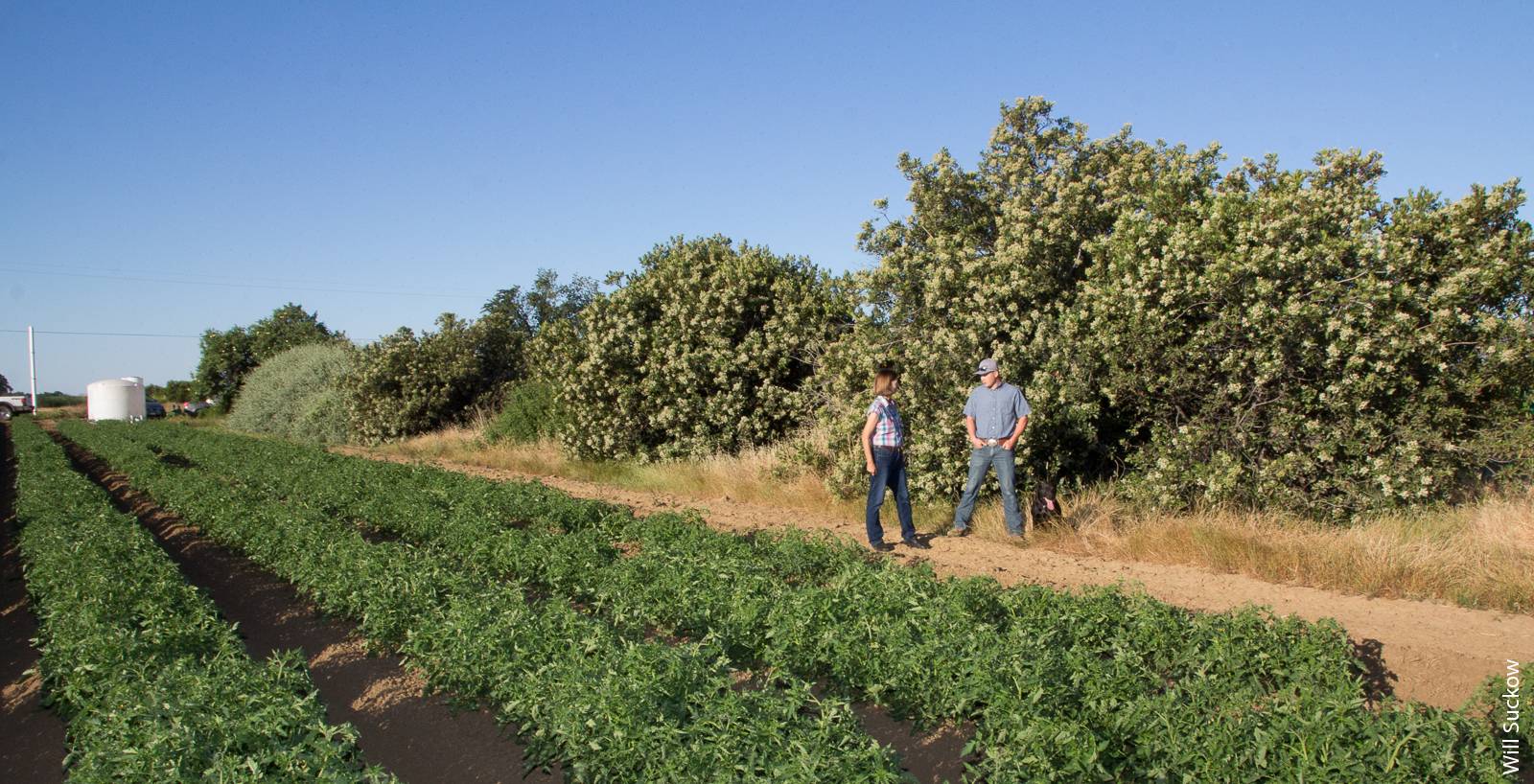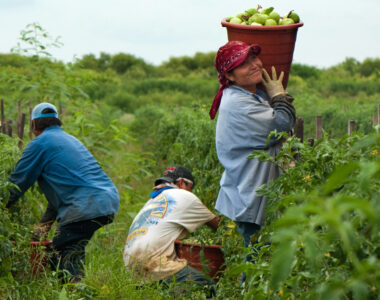
California’s farmers face a growing threat: farmland is disappearing at an alarming rate. Urban sprawl, regulatory pressure, and water restrictions are driving California farmland loss, and farmers say the consequences are already hitting home.
Farmers Watch Land Disappear
California loses more than 40,000 acres of farmland every year. Since the state began tracking development, over 3 million acres of agricultural land have vanished. Between 2017 and 2022, California lost more than 9,000 small farms — a sharp decline that’s left many communities reeling. The land isn’t just vanishing; it’s getting paved over or converted into non-farm uses.
Land Values Drop as Farms Close
As California farmland loss accelerates, land values fall. In key agricultural regions, irrigated farmland has dropped in value by billions. Almond orchards that once sold for $60,000 per acre now fetch less than $45,000. These losses hit farmers where it hurts — in their ability to reinvest, borrow, or stay afloat.
New Policies Add to the Pressure
Water regulations like the Sustainable Groundwater Management Act require many farmers to fallow productive land. Estimates suggest the act could sideline up to 900,000 acres. At the same time, uncertainty about future water access and mounting costs make it harder for farmers to hold on to their land.
Farmers Fear the Long-Term Impact
California produces more than 400 crops and leads the nation in food production. But as farmland shrinks, so does the state’s ability to feed the country. California farmland loss doesn’t just affect rural families — it puts food systems, prices, and national food security at risk.
The Urgent Call to Act
Farmers want solutions. They’re asking lawmakers to strengthen land conservation programs, expand water access, and invest in policies that keep land in farming. Without fast action, the fields that feed us could disappear for good.
Related Blogs: Farm Bankruptcies in 2025 Already Surpass Last Year’s Total



